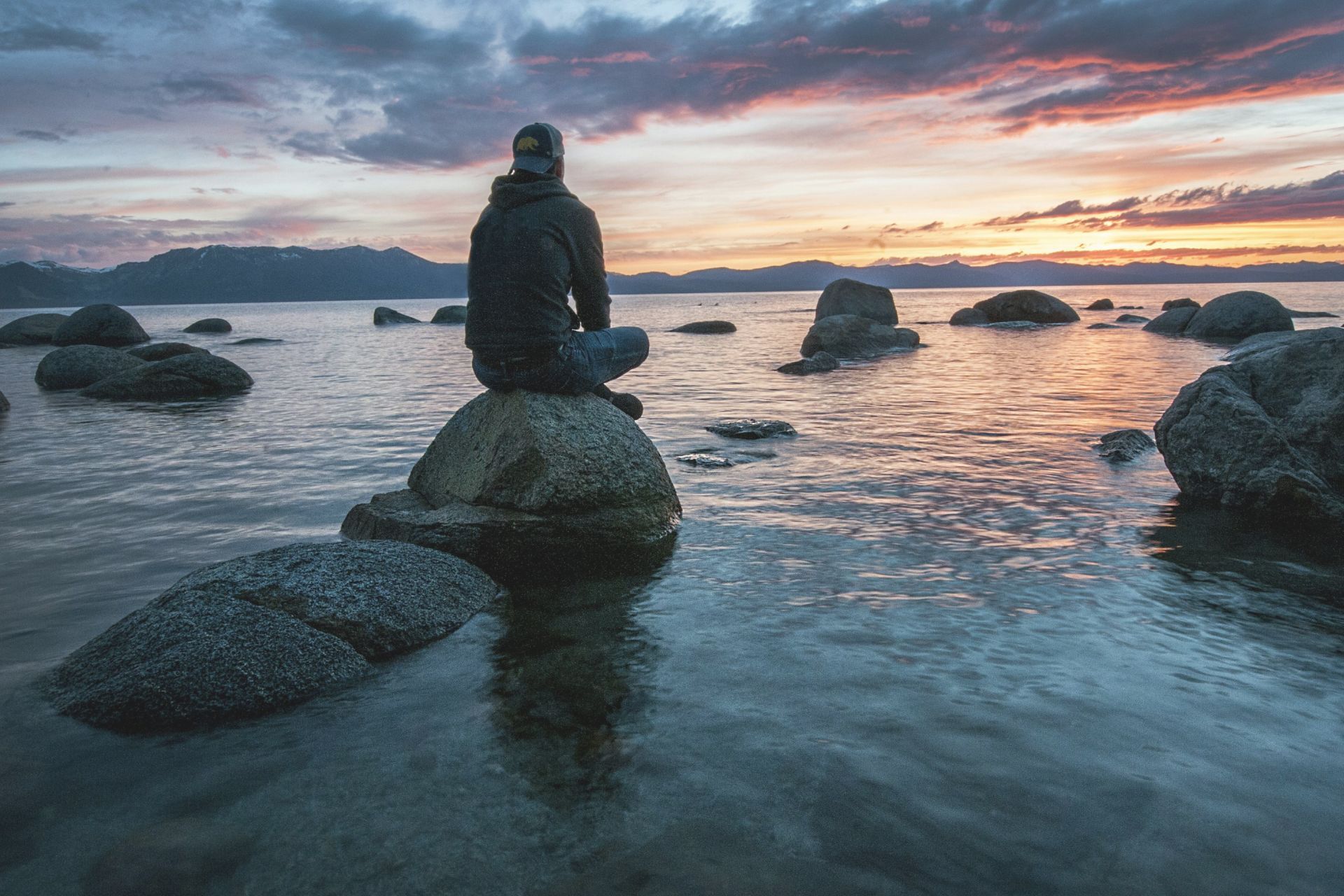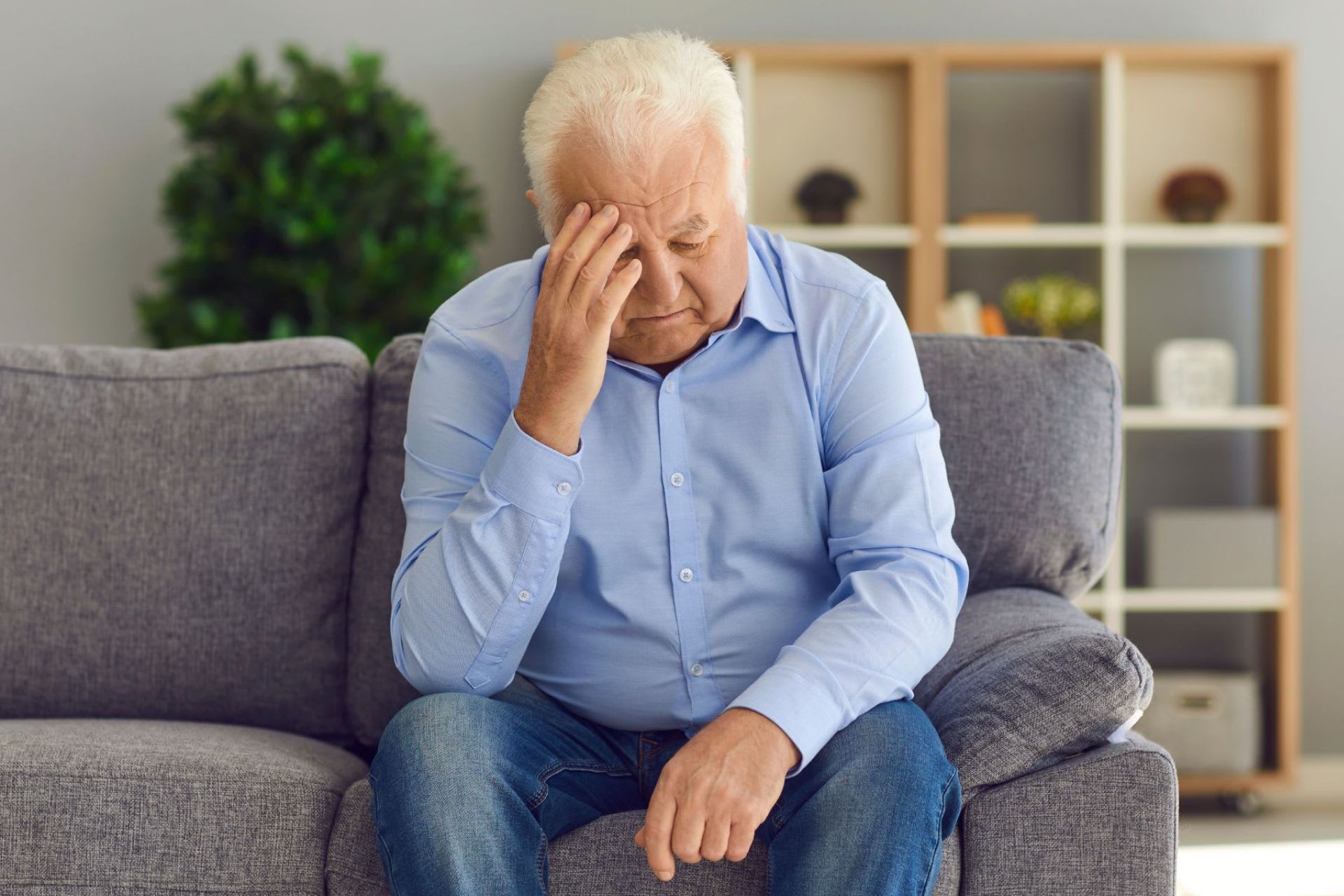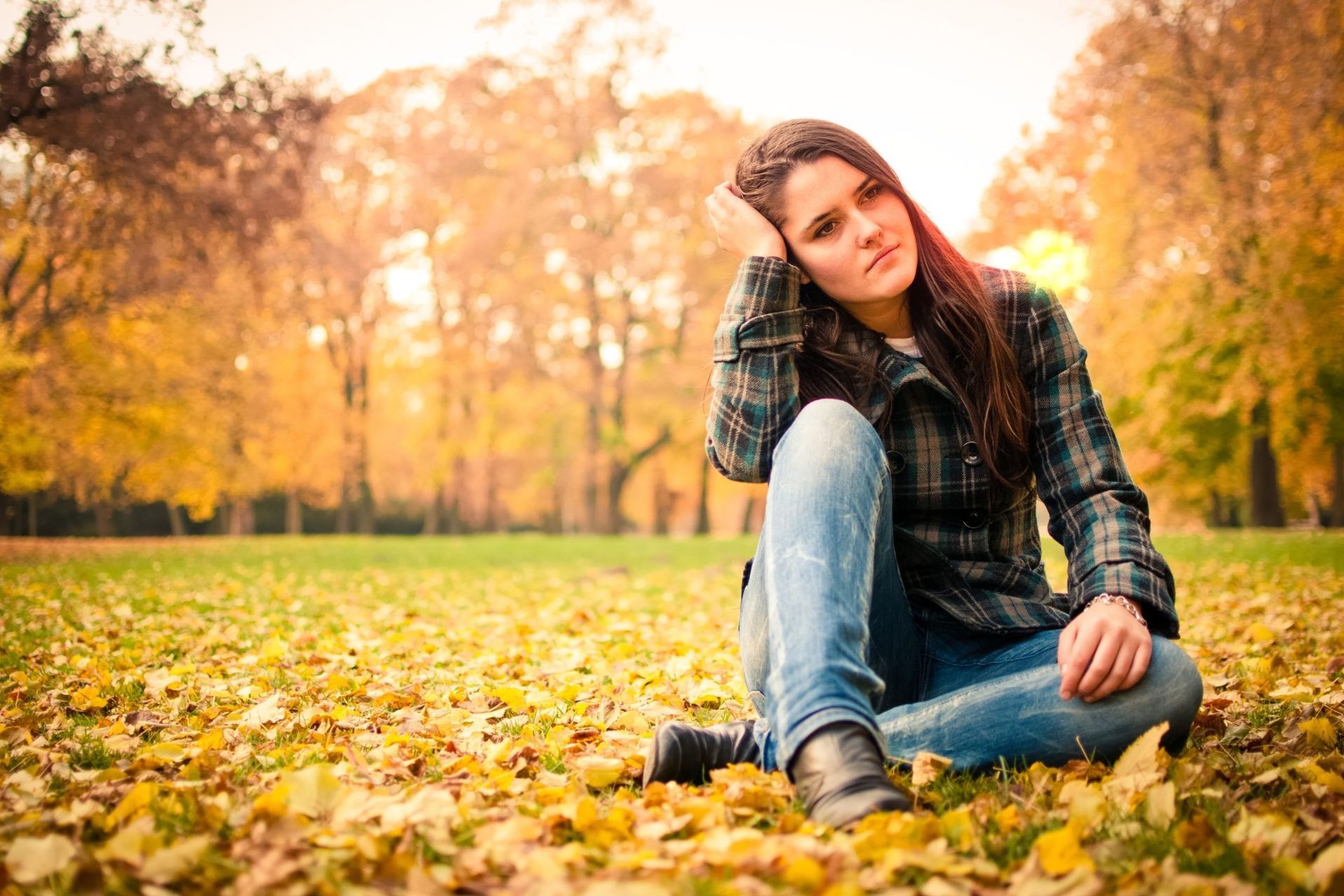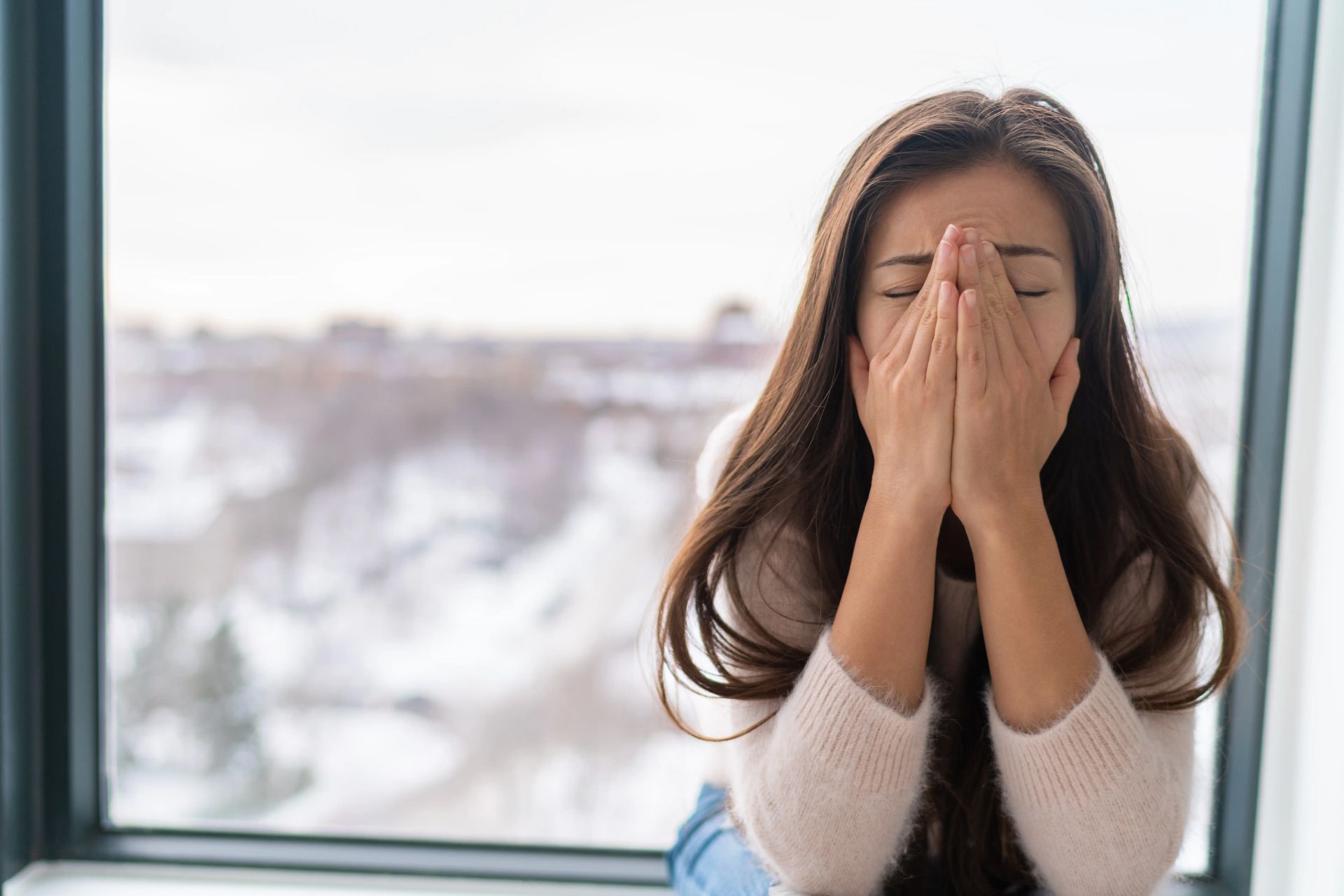Fall Self-Care Practices: Nature Walks, Journaling, and More!
Did you know that your circadian rhythm is tied to how you feel?
As fall approaches, many people often feel a downregulated or depressed mood. Your circadian rhythm is responsible for releasing various brain chemicals that help control your alertness and mood. As the time we are exposed to the sun decreases going into the fall and winter season, it's essential to form a consistent routine that benefits your emotions. We are here to help! Mental health is very important, and we want to give advice on various self-care practices that can help you find ways to cope with the upcoming seasonal changes.
Five Coping Strategies:
Exercise : Moderate intensity aerobic exercise for 2-3 times a week has shown great success at increasing mood. Exercise and circadian rhythm regulation go hand in hand. Brain chemicals, called neurotransmitters, like serotonin and dopamine are released after exercising and they play a large role in increased energy and feelings of calmness and happiness. As the days start to become shorter, exercise is a great way to help decrease depressive symptoms. Join a new gym you've been thinking about! Try a new hiking trail that you've been wanting to go to. Any movement is an excellent start, and small consistent strides can have great results.
Journaling : As humans, we often experience deep and complex emotions. Journaling is a great way to process what you may feel each day and help tackle those feelings that you can’t explain. Studies have shown that journaling greatly helps reduce stress. People often find that after writing about what they have gone through, they are able to reframe their mindsets and enhance their overall well-being. Even if it means starting with a small paragraph, writing down your thoughts pen to paper can strengthen your overall optimism. Try it out! Maybe you will notice an improvement in your ability to regulate your emotions and stabilize your mood.
Have a Routine : The circadian rhythm is our body's natural clock that helps support either wakefulness and alertness or enhanced sleepiness. Having a consistent routine daily can have a huge impact on your brain becoming programmed to release brain chemicals that control our energy levels at specific times of the day. Tips: try going to bed and waking up at the same time every day! The hatch alarm clock has built in sleep sounds, and lights to help improve your ability to fall asleep and wake up.
Let the Light In : Unfortunately, the sun sets much earlier in the fall and winter than it does in the summertime. If you or loved ones are affected by seasonal affective disorder, white light therapy for 30 minutes to 1 hour a day in the morning has proven to greatly help correct dysregulation in your circadian rhythm. Shooting for 2,500-10,00 lux has proven to have the greatest benefit. If you find it difficult to increase your exposure to the sun in the morning due to a busy schedule, white light therapy can have strong positive effects that other medications and therapy can provide as well.
Socialize : Studies show that social interactions can enhance your overall mood and well-being. If it has been a while since you called your family or friends, reach out to see how they are doing. Oftentimes, communication with loved ones can bring joy to your life and greatly help reduce feelings of anxiety and depression.

Go see a movie, a concert, or visit a mall! This gives you the opportunity to socialize and create new experiences that give you and your loved ones something new to talk about.
White Light Therapy
The American Psychiatric Association states that 5% of people in the United States of America are affected by seasonal affective disorder. Diagnosis requires that during a specific season of the year, a person has low energy and decreased pleasure or interest for 2 years, while symptom free during other seasons of the year. Many people often find that the fall season is when they start to experience changes in their mood due to the sunsetting earlier and daylight savings time creating a huge shift in their body’s circadian rhythm.
Recommendations : If you are looking to get outside and experience nature, the AllTrails app is an excellent way to see what hiking trails are in your area that you live in. It has a large range of trails ranged from easy to difficult. Take a friend or family member with you!
Chief Preceptor of Clinical Practicum Program – Dr. Okah Anyokwu
Director of Clinical Practicum Program – Xavier Hicks











